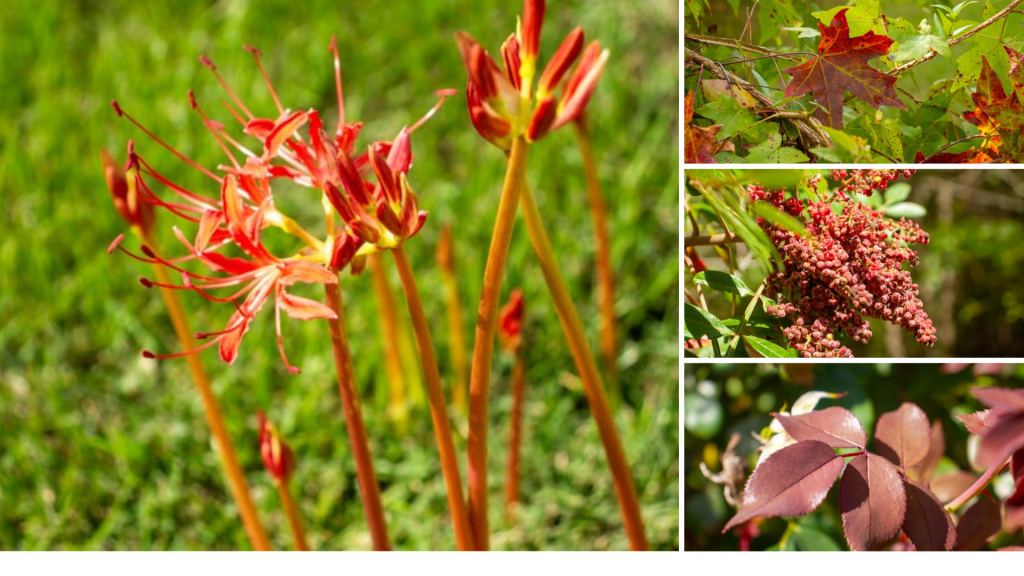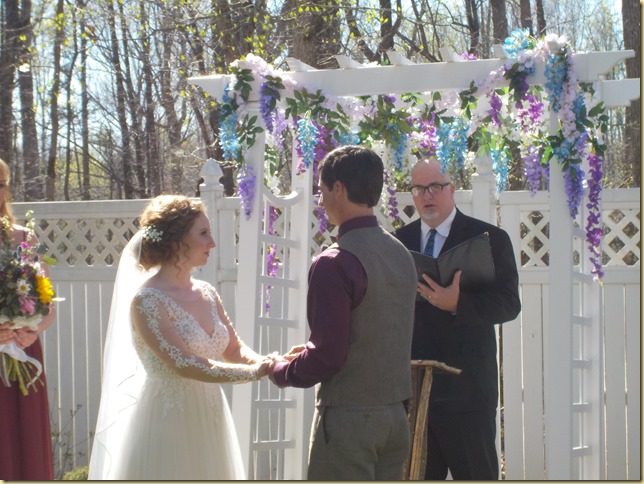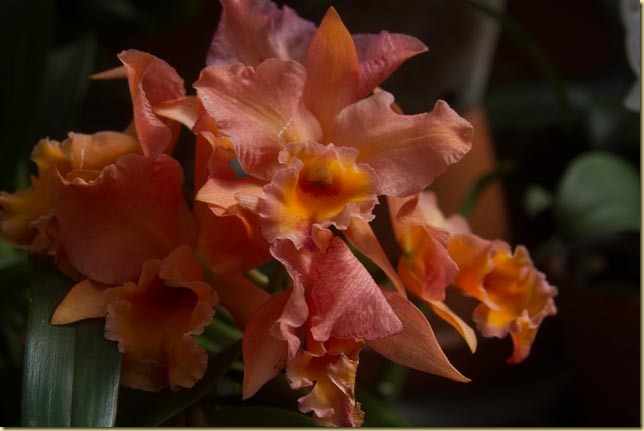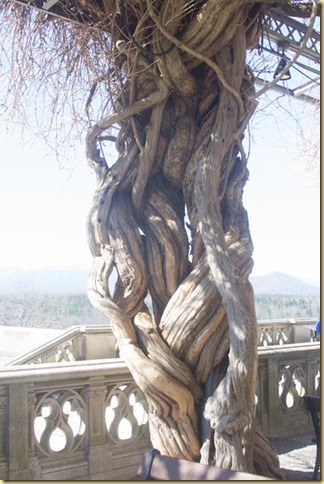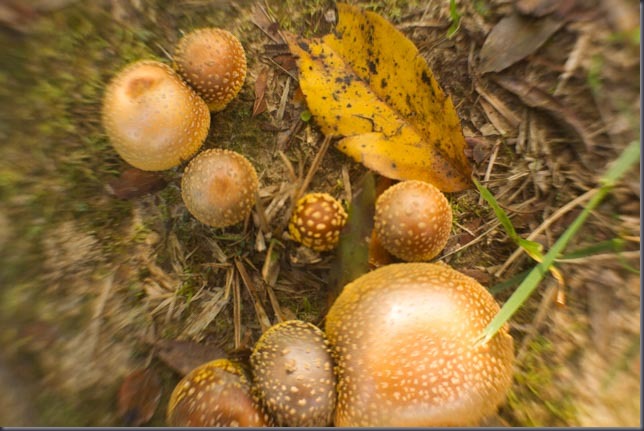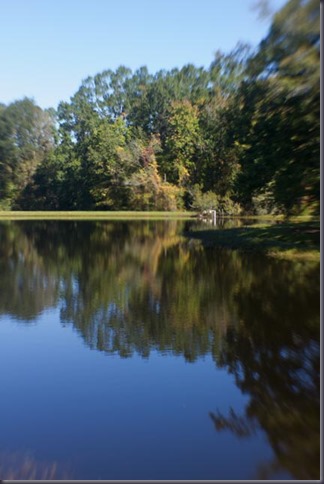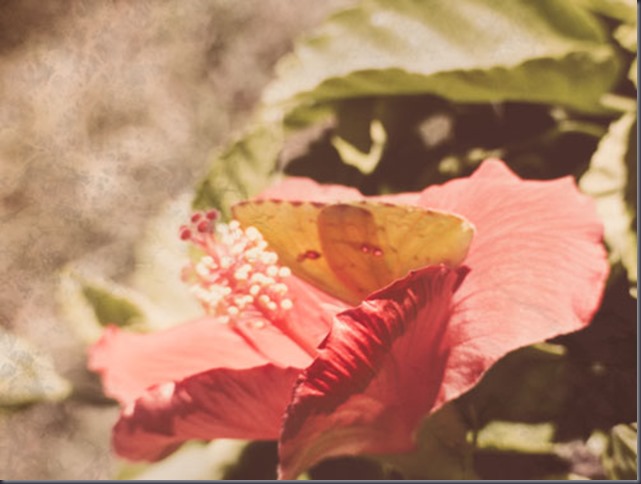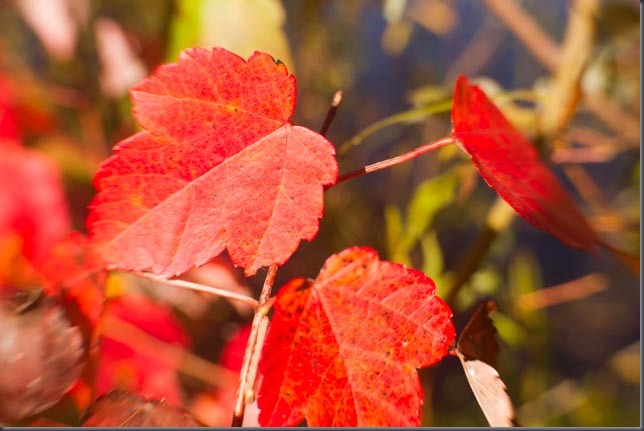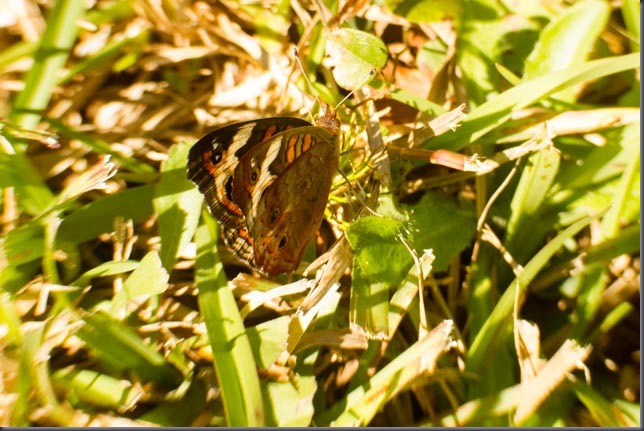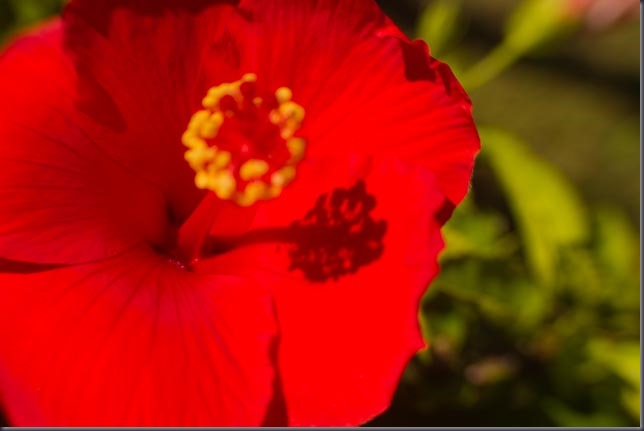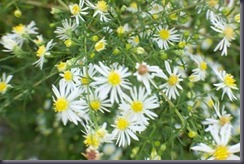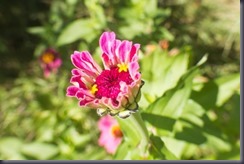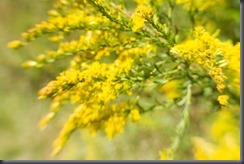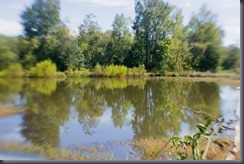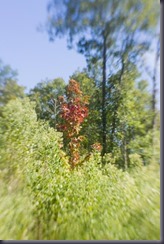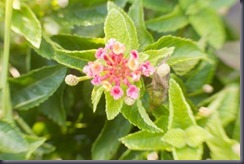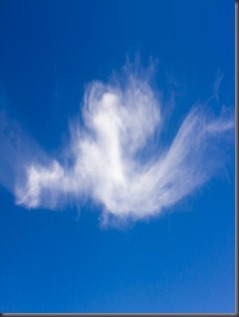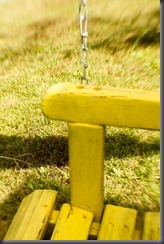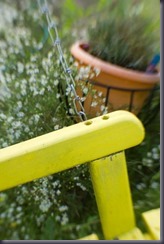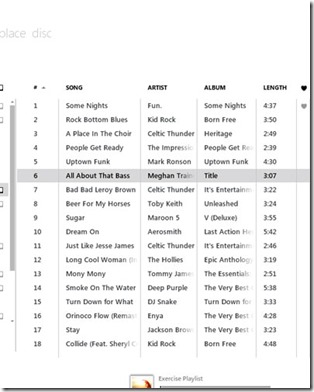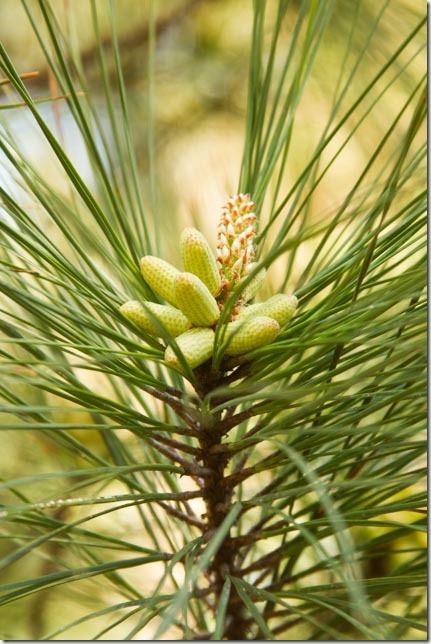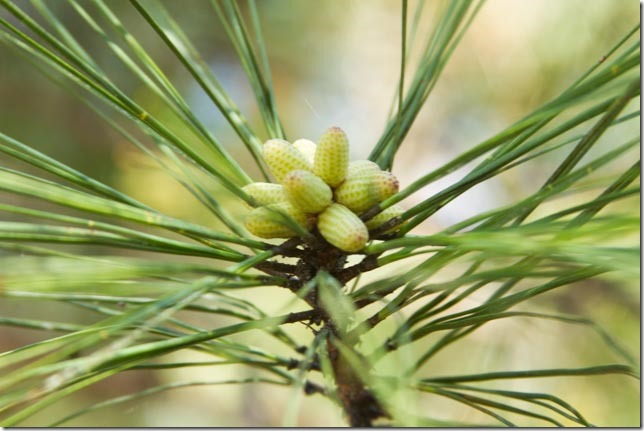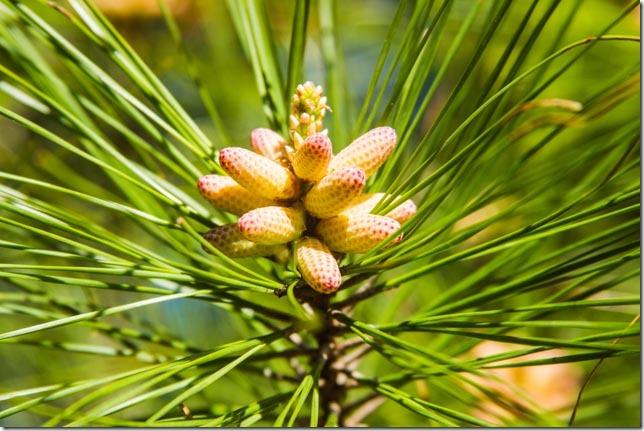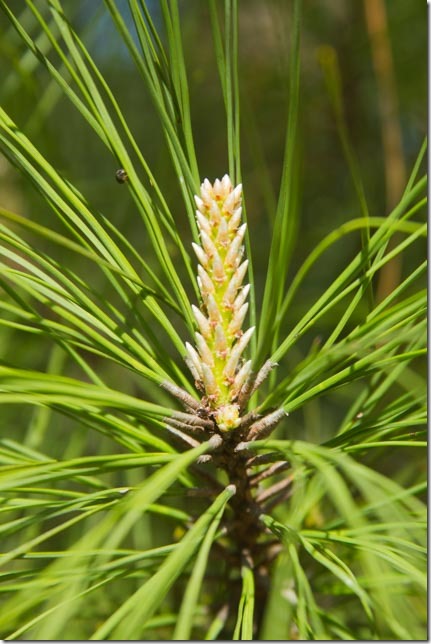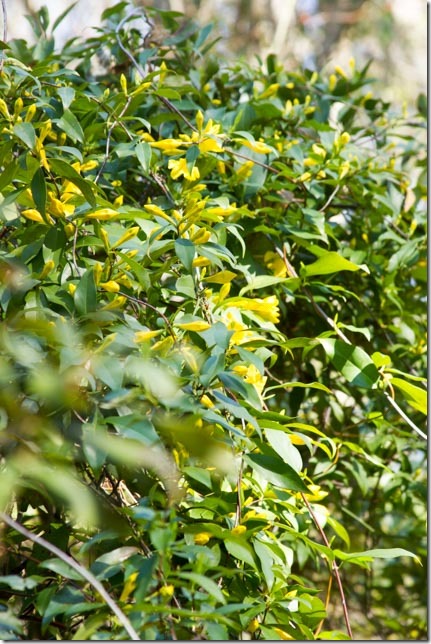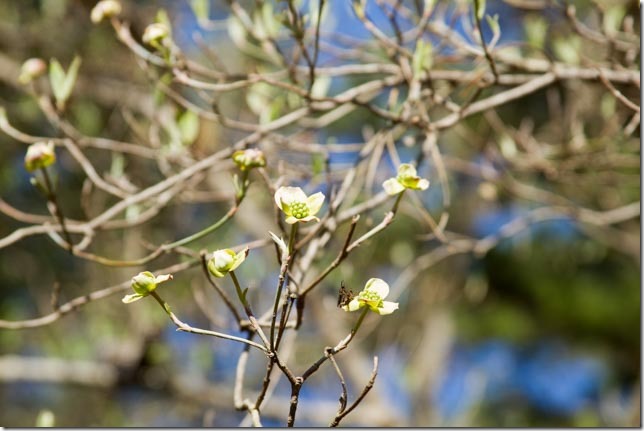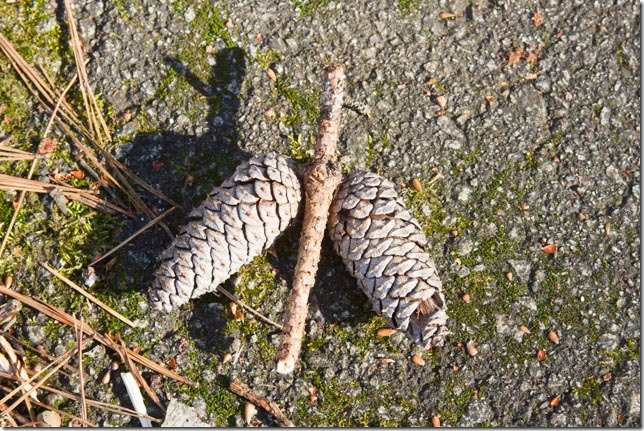In a previous post, I hinted at a new course I want to develop in my “ReFrame” classroom on Teachable.com. I’m thinking about how words and images, especially paintings and photographs, seems to fit together almost perfectly, as if cut out to make a jigsaw puzzle. In particular, I am exploring the idea that writing and photography are both contemplative practices. I won’t give away everything I’m thinking in the blog entry, but I will give you some “sneak peaks.”
Andy Carr, a “contemplative” photographer and author of the Seeing Fresh website, defines the term contemplative photography this way:
Contemplative photography is a method for seeing and photographing the world in fresh ways, to reveal richness and beauty that is normally hidden from view. Instead of emphasizing subject matter or the technical aspects of photography, the contemplative approach teaches you to see clearly, and make images based on fresh perceptions.
Notice that contemplative photography is not about the subject or the technique. It is all about seeing. It’s about noticing the “richness and beauty” of things that we often overlook. We often use the expression that we can’t see the forest for the trees when we get so caught up in details. However, sometimes, all we see is the forest, and we overlook the trees that make the forest beautiful and rich. (One reason for that, I believe, is that we live in a world that is too fast paced, and beauty rushes by us.)
Simply slowing down and paying attention to what catches our eye forces us into “noticing.”
I know that light shines through the windows at my house. There are two eastward-facing windows in my living room. As the sun rises in the morning, the room fills with light. I could be satisfied with that idea of “lightness” in the room. But one day, this caught my eye:
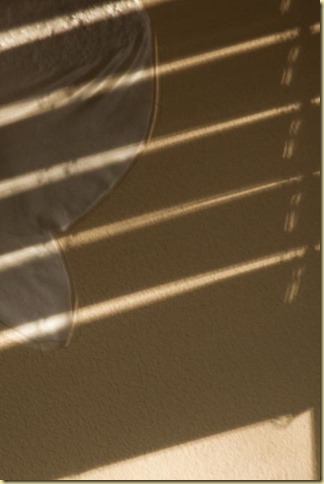
This image is not technically perfect. The white balance is all out of whack. Composition is “off.” Cropping leaves a lot to be desired. Yet, it is rich and beautiful and reminds me of golden light. This is contemplative photography.
Contemplative photography is not about making images for others’ “consumption.” It is about YOU, the photographer. These are things that speak to YOU, first and foremost. I share a lot of my images, and if others relate to them in some way, I am glad, and if not, that’s okay, too. Contemplative photography is all about the noticing.
Contemplate, the verb, is defined this way
to look thoughtfully for a long time at [something]; to think about; to think profoundly at length, meditate
Do you notice that first definition, “to look thoughtfully for a long time at”? When we approach photography from a contemplative practice, we don’t always just press the shutter at the first thing we see, or the first thing we notice. We look at the thing thoughtfully for a bit to see if it resonates with us somehow, and then we press the shutter.
This is one of the practices I’ll take up in the upcoming “Words and Images” course. And I’ll explore writing as a contemplative practice that also slows us down to “think profoundly at length.”
Today, take a walk and slow down. Notice what catches your eye, and then stop and look at it at length. If you should have a camera, even your phone camera, with you, make the image. Don’t worry about the technical aspects. (You will be surprised, though, that you actually become a better photographer technically when you practice contemplative photography regularly!)
Enjoy your time of contemplation.





